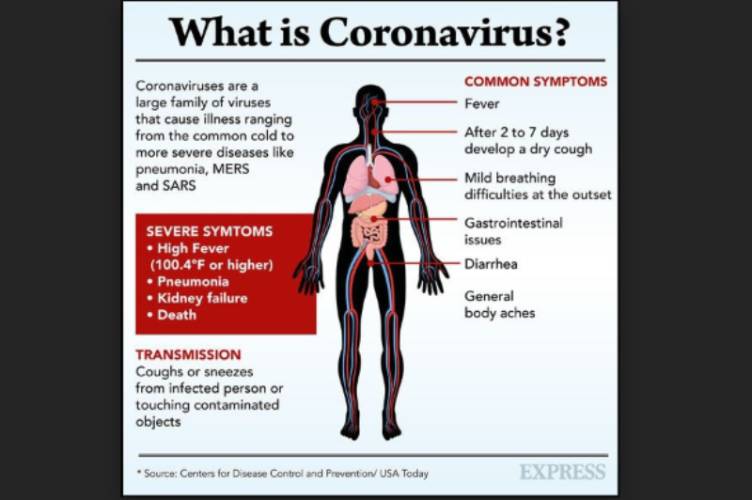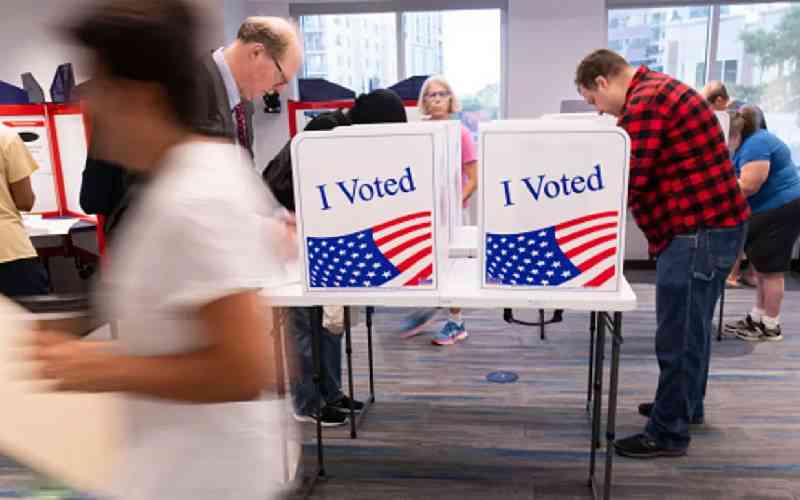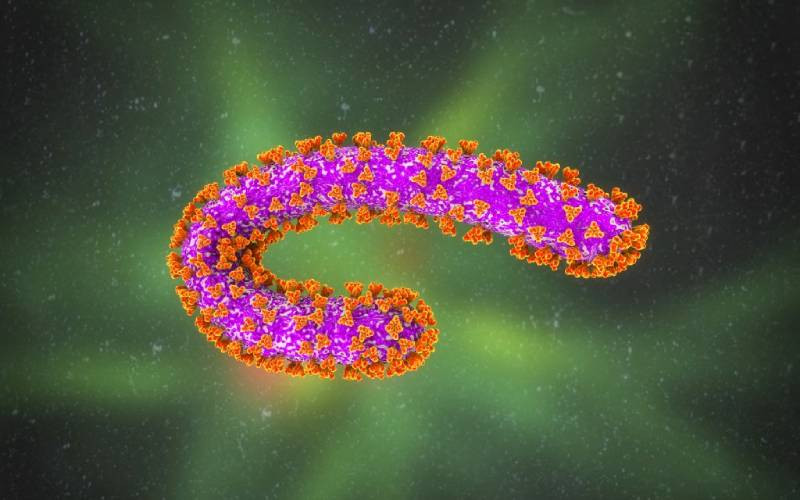
Workers in protective suits disinfect the Shanghai Hongqiao Railway Station, following the outbreak of a new coronavirus, during Chinese Lunar New Year holiday in Shanghai, China January 27, 2020. (Reuters)
The recent outbreak of Coronavirus in Wuhan, China, has spread to other parts of the world. At least 106 have died and 4,500 cases have been reported.
The flu-like virus has spread to Australia, Cambodia, Canada, France, Germany, Japan, Malaysia, Nepal, Singapore, South Korea, Sri Lanka, Taiwan, Thailand and Vietinam.
In Kenya, the first suspected coronavirus case has been reported after a student from China was admitted at Kenyatta National Hospital with flu-like symptoms.
The health department has cautioned the public to be wary of the Coronavirus since currently there is no known therapy for it.
“There are no specific treatments for illnesses caused by human Coronaviruses. Most people with common human Coronavirus illness will recover on their own,” Centres for Disease Control and Prevention stated.
What is Coronavirus
According to the World Health Organisation, Coronavirus is a family of viruses that include the common cold, and viruses such as Middle East Respiratory Syndrome (MERS-CoV) and Severe Acute Respiratory Syndrome (SARS-CoV).
This new virus that was first confirmed on January 7, 2020, was temporarily named “2019-nCoV.”
WHO says it has been working with Chinese authorities and global experts from the day they were informed, to learn more about the virus, how it affects the people who are sick with it, how they can be treated, and what countries can do to respond.
The head of WHO, Tedros Adhanom Ghebreyesus said on Tuesday that he is confident in China’s ability to contain the virus.

WHO has not declared a global health emergency over the outbreak but has advised people to protect themselves and those around them from getting the disease.
Medics say Coronavirus is a lot like influenza since the signs and symptoms are similar.
“Coronavirus is transmitted through respiratory droplets. Not everyone who gets exposed will get sick,” Dr. Mercy Korir said in an interview with the Standard Digital.
Following the Coronavirus scare, Doctor Mercy highlighted some of the precautionary measures that the medics and the general public should have in place.
Screen high-risk travellers Isolate suspected cases until Coronavirus is ruled out or until the patient recovers Put in place mechanism for tracing contacts of the affected. Ensure prompt diagnosis by equipping a few labs with the reagents (primers) needed for diagnosis. The equipment is available in several labs. Sensitive healthcare workers at risk of exposure. They should, in addition to regular infection control measures, wear N-95 masks when handling patients with flu-like illnessCentres for Disease Control and Prevention (CDC) highlighted some of the ways to reduce the risk of infection. They include:
Washing hands often with soap and water for at least 20 seconds Avoid touching eyes, nose, or mouth with unwashed hands Avoid close contact with people who are sickThose individuals with cold-like symptoms, have been advised to:
Stay home if they feel they are unwell To avoid close contact with others To cover their mouth and nose with a tissue when you cough or sneeze, then throw the tissue in the trash and wash your hands To clean and disinfect objects and surfaces they come in contact with
Symptoms of coronavirus
According to WHO, common signs of infection include respiratory symptoms, fever, cough, shortness of breath and breathing difficulties.
In more severe cases, infection can cause pneumonia, severe acute respiratory syndrome, kidney failure and even death.
Treatment
According to CDC, patients are advised to:
Take pain and fever medications Use a room humidifier or take a hot shower to help ease a sore throat and cough If you are mildly sick, they should drink plenty of liquids and stay home and rest The Standard Group Plc is a multi-media organization with investments in media platforms spanning newspaper print
operations, television, radio broadcasting, digital and online services. The Standard Group is recognized as a
leading multi-media house in Kenya with a key influence in matters of national and international interest.
The Standard Group Plc is a multi-media organization with investments in media platforms spanning newspaper print
operations, television, radio broadcasting, digital and online services. The Standard Group is recognized as a
leading multi-media house in Kenya with a key influence in matters of national and international interest.











